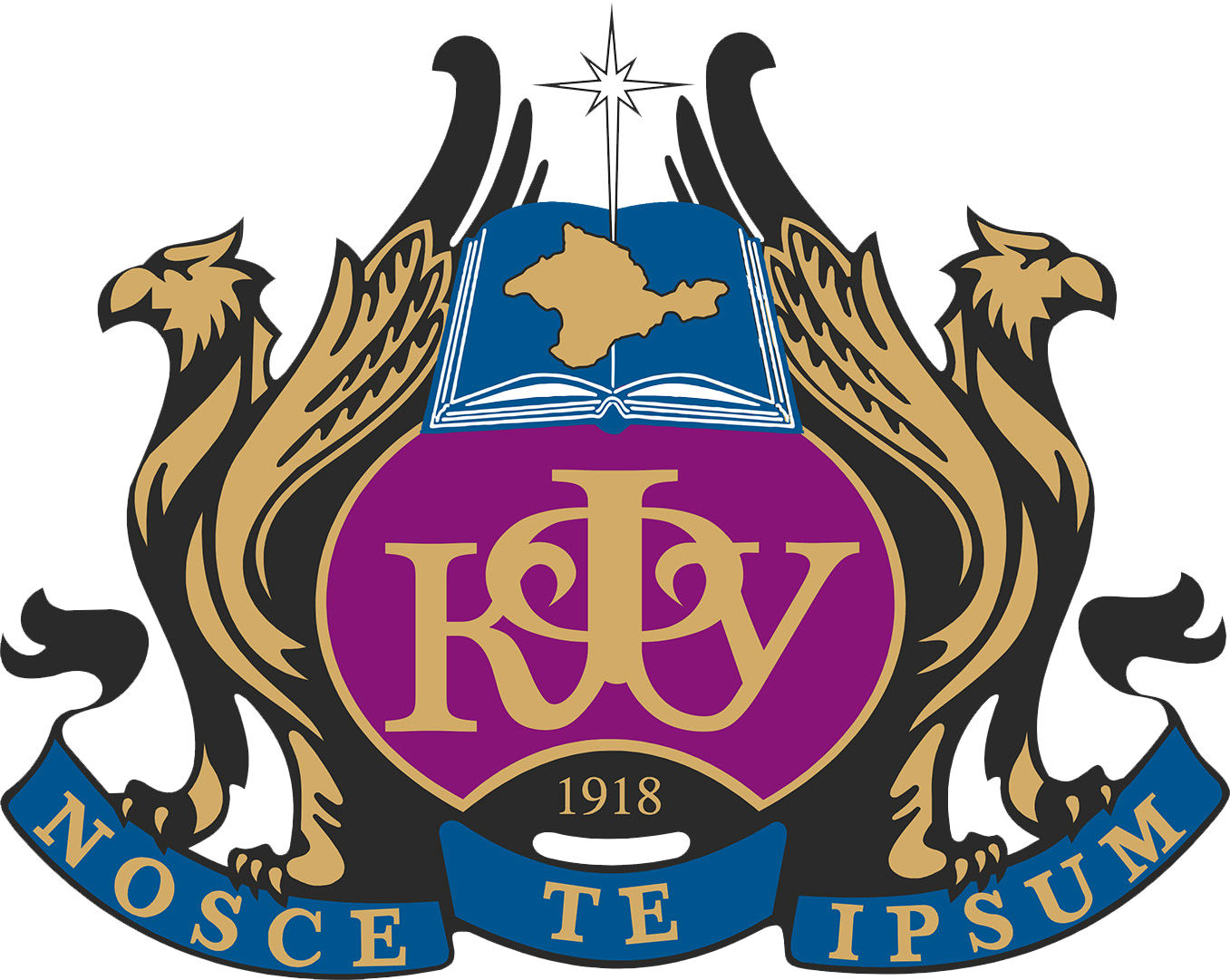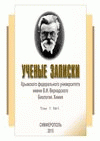According to literary sources, the number of extreme athletes has increased one and a half times over the last decade, at the same time, extreme activity determines the recreational and recreational type of recreation, causing factors of personal improvement, the development of both physical and professional qualities. The complex of stress factors of extreme sports determines the importance of stable operation of psychofunctional systems and a high level of psychophysiological reserves, while sports stress causes the training effect of eustress, thereby determining an increase in the capacity of the functional work of the body and a high level of adaptive systems capabilities. The analysis of research data characterizing the features of the functional properties of the nervous system of athletes determines the presence of contradictory and ambiguous data characterizing the individual typological characteristics of both athletes of various sports and extreme athletes, while the authors note the insufficiency of studies characterizing the individual typological features of the functional activity of the nervous system of athletes engaged in extreme sports. The purpose of the work is to determine the typological features of the GNI of extreme athletes, under the conditions of exposure to the body of factors of the extreme sport of skyrunning, at the preparatory stage. The present study involved 21 students aged 20–22 years (22.1±0.3 liters), the main health group engaged in the sports section «skyraning». The training sessions included general physical and special cross-country running training in mid-mountain conditions, in a moderate power load zone, with the inclusion of breathing exercises in the final part. To achieve this goal, studies of athletes were conducted before the start (background values) and at the end (control values) of the preparatory stage. In order to assess the psychophysiological and functional state of athletes, the generally accepted methods of the hardware and software complexes «NS-Psychotest», «Poly-Spectrum» were used.NET» using the cardioregistrator «Poly-Spectrum‑8/EX» (LLC «Neurosoft», Russia). For the extreme athletes being examined, before the start of the preparatory stage, the interpretation of the results according to the method of C.D. Spielberger-Khanin at the time of the examination determines the current psychological state of the athletes being examined in accordance with his usual state. As is known, the state of psychological comfort determines the level of the functional state of the body’s systems, while neuropsychic tension causes the processes of destabilization of neuro-humoral regulation and functional activity of the systems. Thus, a decrease in the variational range of cardiac intervals was characteristic for the subjects, the indicator of the «very» low-frequency component of the spectrum determines the psycho-emotional tension, thereby determining the degree of tension of the regulatory systems of the body. The peculiarities of the training conditions of athletes engaged in skyrunning, in combination with respiratory gymnastics, determines the optimization of the functional activity of the cardiovascular system The analysis of the data on heart rate variability of the examined athletes, obtained at the end of the preparatory stage, characterizes the vegetotype with a moderate predominance of the autonomous circuit of heart rate regulation, and corresponds to the range of values of the upper limit of the optimal state of the autonomous circuit, thereby causing the expansion of the functional reserve and an increase in the power of the functional work of the cardiovascular system. Thus, an increase in the value of the index of the variational range of cardiointervals (51.4 %, p≤0.001) determines a decrease in the degree of voltage of regulatory systems (27.6 %, p≤0.01). At the same time, an increase in the power index of the «very» low-frequency component of the spectrum characterizing the activity of the sympathetic department of the autonomic nervous system (66.4 %, p≤0.001) is due to an increase in the power of the spectral components of the heart rate variability of the subjects, which is consistent with the data of literary sources. As is known, the optimum functional state of the body, due to the somatic parameters of physiological systems, determines the functioning of the nervous system. Thus, the analysis of the data of psychophysiological diagnostics obtained at the end of the preparatory stage, when assessing situational anxiety in the subjects, in accordance with the values of the points of the C.D. Spielberger-Khanin questionnaire, revealed a decrease in the value of the indicator to 22 points (24.2 %, p≤0.01). When assessing personal anxiety in the examined athletes, compliance with the low (25 points) and average (31 points) levels was revealed in 72 % and 28 % of all cases, respectively, while an increase in the proportion of subjects with a low level of personal anxiety was determined by 20 % (p≤0.01), a decrease by 30 % (p≤0.001) the proportion of the number of athletes with average personal anxiety, relative to background values.
athletes, extreme sports. heart rate variability, anxiety
1. Woodman T., Hardy L., Barlow M., Scanff C. Le. Motives for participation in prolonged engagement high-risk sports: An agentic emotion regulation perspective. Psychology of Sport and Exercise, 1 (5), 345 (2010).
2. Brymer E., Schweitzer R. The search for freedom in extreme sports: A phenomenological exploration. Psychology of Sport and Exercise, 14 (6), 865 (2013).
3. Ryabtsev S. M. Investigation of the effect of short-term high-altitude recreation on the heart rate variability of vacationers, Fundamental research, 5, 89 (2007). (In Russ).
4. Novikova O. V., Lyapunova O. E. Socio-psychological characteristics of people who prefer extreme types of recreation. Psychology and the modern world: materials of the All-Russian scientific conference
5. Aghajanyan N. A., Kislitsyn A. N. Features of the reaction of the body of mountain tourists to the effects of various extreme factors. Bulletin of restorative medicine, 2, 29 (2005). (In Russ.).
6. Koryagina Yu. V., Ter-Akopov G. N. Chronobiological features of athletes under various physical exertion, training cycles and environmental conditions. Therapeutic physical education and sports
7. Ryabtsev S. M., Zhmurova T. A. Characteristics of psychophysiological reactions and the functional state of the human body in conditions of short-term physical recreation. Scientific notes of the P.F. Lesgaft
8. Ter-Akopov G. N., Koryagina Yu. V. Factors of increasing the reserve capabilities of athletes during high-altitude acclimatization. Modern issues of biomedicine, 2, 1 (2), 5 (2018). (In Russ.).
9. Viru A. A. Hormonal mechanisms of adaptation and training, 155 (Nauka, 1981).
10. Pukhnyak D. V. Assessment of increasing the level of stress resistance of parachutists during training. Fundamental research, 5, 154 (2011) (In Russ.).
11. Rodionov A. V. Problems of sports psychology. Theory and practice of physical culture, 6, 43 (2006). (In Russ.).
12. Ilyin E. P. Psychology of sports, 352 (St. Petersburg, 2009) (In Russian).
13. Bazanova V. V., Zalikhanova A. A. Manifestation of temperament type in sports activity of cyclists specializing in cycling temperament type in the sports activity of cyclists specializing in mountain biking.
14. Zhmurova T. A., Ryabtsev S. M. Evaluation of psychophysiological and functional state of the organism of students engaged in recreational climbing. Scientific Notes of the Crimean Federal University named
15. Litovchenko O. G., Semenova A. A., Yakovlev B. P. Influence of extreme activity on the state of emotional tension of student-athletes. Sport Psychologist, 3 (42), 67 (2016). (In Russ.).
16. Nopin S. V., Koryagina Y. V. Typological features of the nervous system properties in highly qualified athletes of different sports. Modern issues of biomedicine, 7 (2) (2023). (In Russ.).
17. Pavlenkovich S. S., Bespalova T. A., Tokaeva L. K., Smyshlyaeva I. V. Typological features of temperament and properties of the nervous system of students of team and individual sports in conditions
18. Pushkina V. N., Zelyanina A. N., Olyashev N. V. Individual psychological characteristics of persons engaged in extreme sports, The world of science, 4 (3), 1 (2016) (In Russ.).
19. Heart rate variability: standards of measurement, physiologic interpretation and clinical use, Working group of the European Society of Cardiology and the North American Society of Stimulation
20. Shlyk N. I. Express assessment of the functional readiness of the athletes' body for training and competitive activities (according to the analysis of heart rate variability). Science and sport: modern
21. Levitov N. D. On human mental states, 343 (M.: 1964).
22. Gavrilova E. A. Sport, stress, variability : monograph, 168 (M. : 2015).





